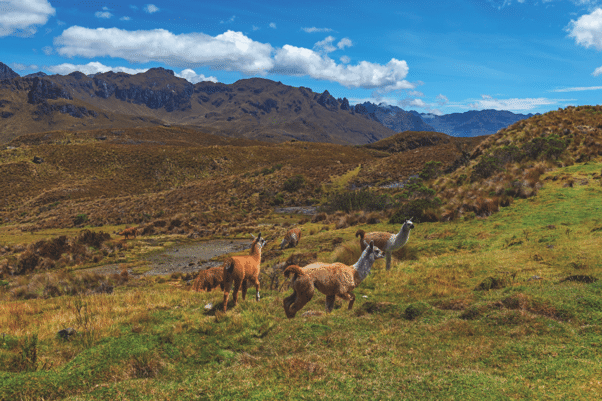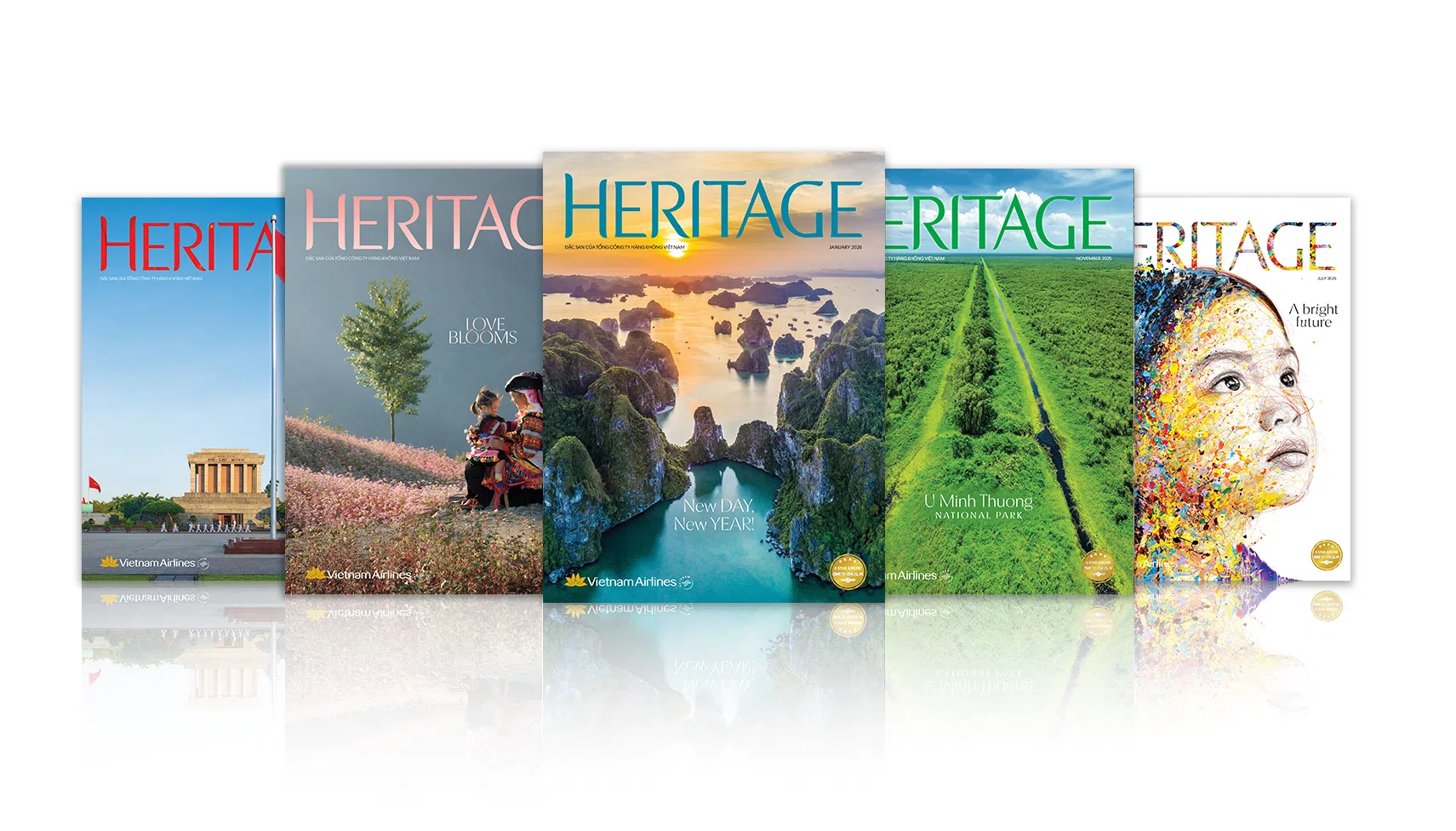Story: Hoang Phong
In the areas around Ecuador’s Andes Mountains you’ll find cities with lovely colonial buildings, mountainous villages of the indigenous Quechua people and llama habitats.
You can take a ride on horseback to travel through the forests of this temperate highland and spend a night at a hacienda, a traditional resort. You can also try a simple yet delicious cuisine with types of tomatoes, bananas and corn that are hard to find anywhere else in the world. These plants are all originated from the Americas, but nowadays, there are only a few varieties planted around the world, with high yields but similar flavors. Only a few places, including Ecuador, still maintain the original but distinctive taste and shape of these crops.
Don’t forget to visit a rose greenhouse – Ecuador is the world’s second-largest rose exporter – with flowers of various sizes, even as big as a rice bowl. And drop by a coffee plantation to experience the age-old lifestyle of farmers and sample a cup of the famous Ecuadorian coffee.

But perhaps the most fascinating Ecuadorian destination is the Galapagos archipelago. It is a relatively short flight from the mainland, but its scenery seems like something from another planet. Divided from the land millions of years ago, plants and animals here evolved to create unique species found nowhere else on Earth. The land is full of craters and craggy volcanic rocks, while clusters of trees grew up densely intertwined instead of rising towards the sky. Thanks to its rich and special biodiversity, on Galapagos the preservation of wild animals is well respected, with virtually no hunting. As a result, wild animals are unafraid of humans, as sea lions and pelicans regularly appear at the fish market in Puerto Ayora to gobble up fish leftovers. Galapagos is also home to giant land turtles living for a hundred years.
If you are keen on diving, Galapagos is an underwater heaven. Besides sea lions, you can spot Barrington land iguanas, only seen in Galapagos, which survive this barren island by eating and drinking from fallen cactus pieces. Experienced divers can reach deep locations such as Gordon’s Rock and Darwin’s Arch to see Manta rays gracefully slicing through the azure water, whale sharks of up to 15 meters long, or hundreds of hammerhead sharks migrating –unforgettable scenes for ocean lovers.










